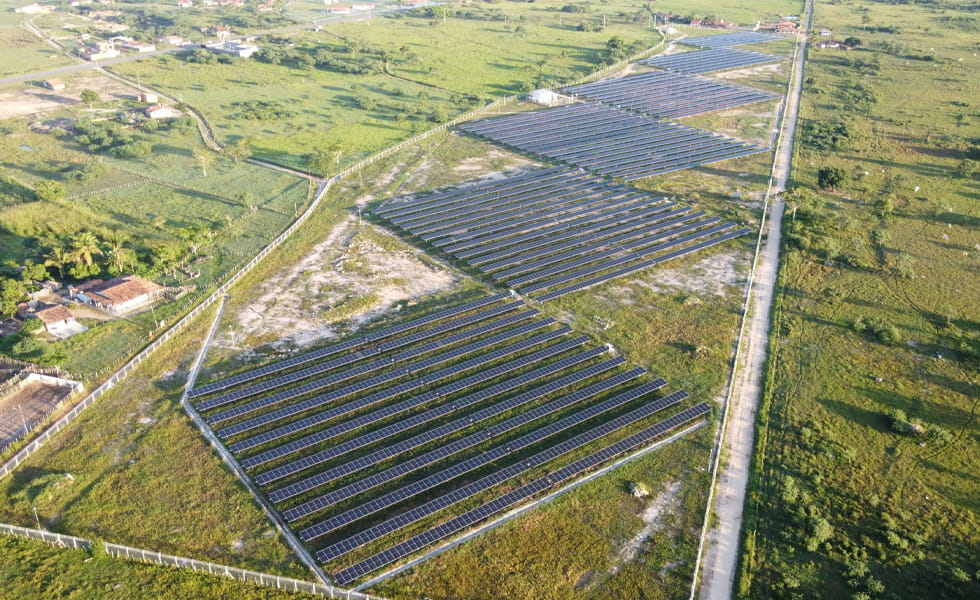
Japan's nuclear waste water is finally discharged.
On August 24, even under the strong condemnation and opposition from all parties, the Japanese government started the nuclear sewage discharge work. For a while, it also aroused the attention and worries from all walks of life. After all, the discharge of nuclear sewage into the sea is very important for future human survival What changes and hazards the environment will bring are still unclear.
Due to the discharge of Japan's nuclear sewage, the entire Pacific Ocean and even the world's oceans will be affected in the future. In addition to China, South Korea, which is next to Japan, is also scrambling for salt. Compared with the domestic material reserves, South Korea is hoarding goods The trend may be more severe.
•Salt light complementary, molten salt power station! Economic benefits beyond supply and demand!
The so-called complementarity of salt and light means that the seawater on the saline-alkali tidal flats is turned into a salt pan, which is used to dry salt, and fish and shrimp can also be raised in the salt pan. Install solar photovoltaic panels on the salt fields to generate electricity while making salt and raising aquatic products. To achieve three uses in one place, at the same time realize water power generation, surface salt drying, and underwater aquaculture, so as to achieve comprehensive and efficient utilization of salt fields.
As a new industrial model of photovoltaic cooperation, salt-solar complementary has outstanding overall advantages. The grid-connected power generation of the Tianjin Haijing salt-solar complementary project has also confirmed the precedent of the new model of photovoltaic cooperation.
Japan’s nuclear pollution discharge into the sea this time will definitely have an impact on sea salt in the future, but the current sea salt accounts for only 10%, which is not very large. There are mainly well mine salt, lake salt, etc., and salt The light-complementary model can also be used in inland salt pans.
It is understood that the salt mines in Qinghai are mainly distributed in the Qinghai Lake and Hoh Xil areas, with a total area of tens of thousands of square kilometers. The thickness of the salt layer here is tens of meters, and the reserves are huge. The types of salt are also very rich, not only ordinary table salt, but also industrial salt and medicinal salt. These salt mine resources are not only an important support for China's salt industry, but also an important foundation for the development of related industries in China.
In the future, these inland salt-producing areas can also take advantage of the complementary advantages of salt and light through the solar panels + saline-alkali land. For example, the northwest region itself has good lighting conditions and vast land resources, which can maximize its economic benefits.
In addition to the complementary salt and light, there is another molten salt solar thermal power station in Dunhuang - Dunhuang 100 MW molten salt tower solar thermal power station. This is the first grid-connected power station among the first batch of solar thermal demonstration projects in my country. It is also the largest installed capacity in my country and even in Asia, the largest concentration scale in the world, the highest heat absorption tower, the largest heat storage tank, and 24-hour continuous power generation. 100MW molten salt tower solar thermal power station.
The working principle of the power station is to gather sunlight to the top of the central heat-absorbing tower, and the heat absorbers in the heat-absorbing tower gradually gather energy to heat the molten salt flowing inside. Molten salt produces high-temperature and high-pressure water vapor, which drives a steam turbine generator to generate electricity. In this way, solar energy is continuously converted into clean electricity, and then enters thousands of households through the transmission network.
However, this time, the discharge of Japanese nuclear wastewater into the sea will not only pollute the surrounding marine environment, but will also have a certain impact on the entire ecosystem in the future.
After this discharge, the waters along the Pacific coast of Japan will be affected, especially the local waters around Fukushima Prefecture. Afterwards, the sewage will pollute the East China Sea. The German Institute for Marine Science pointed out that the coast of Fukushima has the strongest ocean currents in the world. Within 57 days from the date of discharge: radioactive substances will spread to most of the Pacific Ocean: 3 years later: the United States and Canada will be affected by nuclear pollution: 10 years later: spread to global oceans.
And after the radioactive material spreads in the ocean, it will also enter the atmosphere again through the water circulation system in the future. It can be said that this behavior has seriously hindered the advancement of human beings' dual carbon goals, and has undoubtedly become the biggest resistance in the current carbon reduction process.
